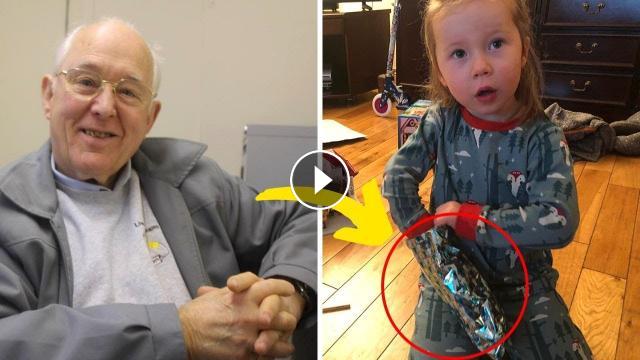
Students will be able to see the question title so be careful not to include an answer in this field. It’s important to note that the question title is for your organizational purposes ( g., “Lecture 2 – Question1”). Complete the question builder form, beginning with the question title.For this example, select multiple choice. On the reverse side, you’ll see samples for multiple choice, word, and discussion question types. Click the blue “Create” button in the upper left corner of your course screen and then select one of the seven different question types.After you fill out the course creation form, you will be taken directly into your newly created course to create a question.Learn more about account setup here: You can always add/edit the course details later. Once your account is created, you will be prompted to complete a form to create your first course. For now, you’ll only need to complete the required fields of the form.(To access your account in the future, navigate to and click “Login” in the upper right corner of the screen.) Begin typing “Vanderbilt” into the school search field and select “Vanderbilt University”from the drop-down menu that appears.Navigate to, click the “Signup” button, and choose “Sign-up as a Professor.”.

Steps for asking your first Top Hat Question in Class Create an account and course See for an example of a discussion question that led to deep learning in an art class. Scroll through student responses to inform class discussion, or ask students to vote up answers from peers that resonate with them as a way to prioritize responses in larger classes. Q: What did you learn from watching the Citizenfour documentary?įor longer student responses, try Top Hat’s discussion tool, which creates question-specific discussion boards. Q: What questions do you have about plagiarism in academic settings? “Alien” word cloud courtesy Mark Sample (Davidson College).

For more examples of using word clouds in the classroom, see. These questions work well for surfacing diverse student perspectives and experiences.
#Https tinyurl com neighborfeedback for free
Top Hat’s word-answer format allows for free text responses, with results displayed as text or as word clouds, in which words appearing more frequently among student responses appear larger. Q: What counts as alien? Answer in 140 characters or less. Q: What are five or six technologies you’ve used or seen used in teaching? Q: What three words come to mind when you think of leadership? See for an example of a “one best answer” question from Vanderbilt law professor Ed Cheng. Or ask questions that don’t have single correct answers. Then ask students to share reasons for their answers, guiding the discussion toward the correct answer (C in this case). All three of the above are equally likely.Īsk students to respond individually to a multiple-choice question (like this one from CFT director Derek Bruff’s statistics course), then discuss the question in pairs, then respond again. Which of the following is more likely? (Assume she’s not having identical twins.)ĭ. Q: Your sister calls to say she’s having twins. It covers the basics of Top Hat, from creating your account through setting up your first course, to more advanced features like adding a teaching assistant. This instructor-led tutorial is designed for professors or teaching assistants who are brand new to Top Hat. You might also want to view this pre-recorded instructor workshop for new users: See below for ideas on using Top Hat in your classroom, along with step-by-step instructions for getting started. Top Hat quickly collects and visualizes student responses, giving instructors a snapshot of student learning they can use to inform class discussion.

Using Top Hat, instructors can pose polling questions and ask all their students to respond using their phones or laptops. Are you interested in new ways to engage your students during class? Top Hat is Vanderbilt’s classroom response system, available for free to all faculty, staff, and students.


 0 kommentar(er)
0 kommentar(er)
